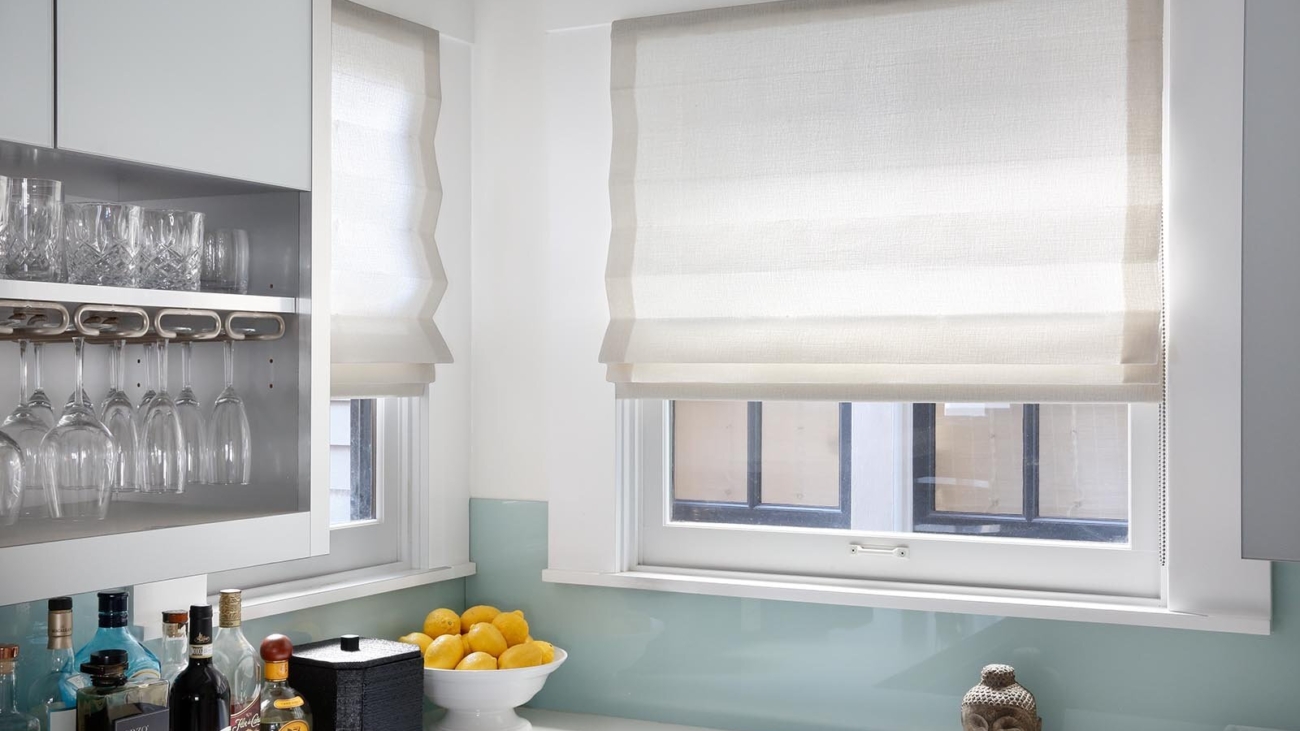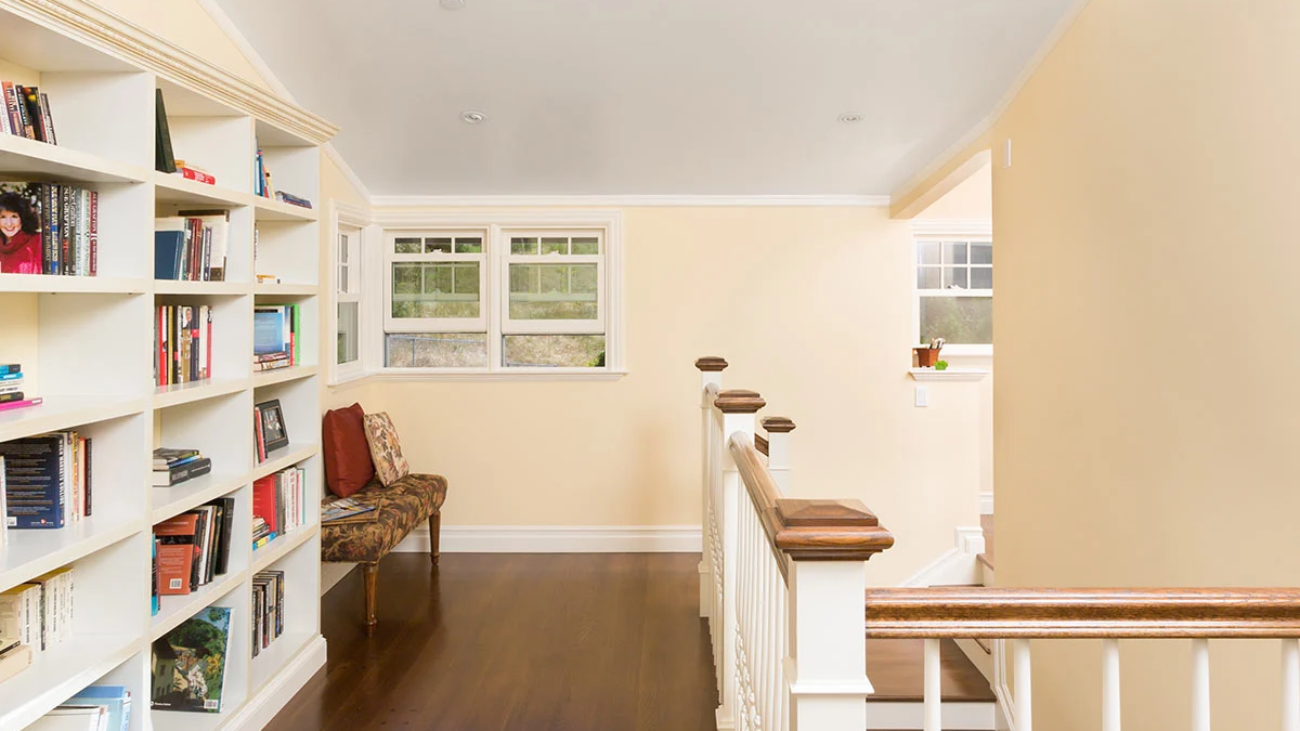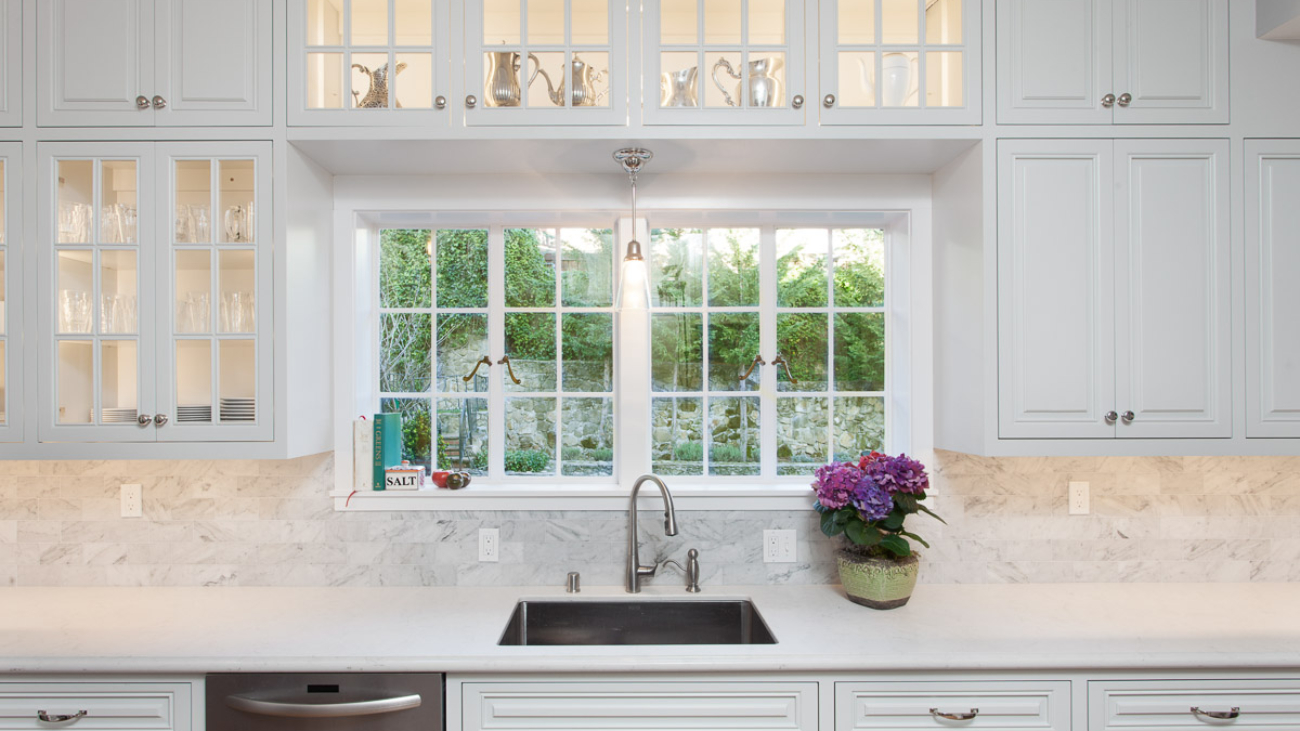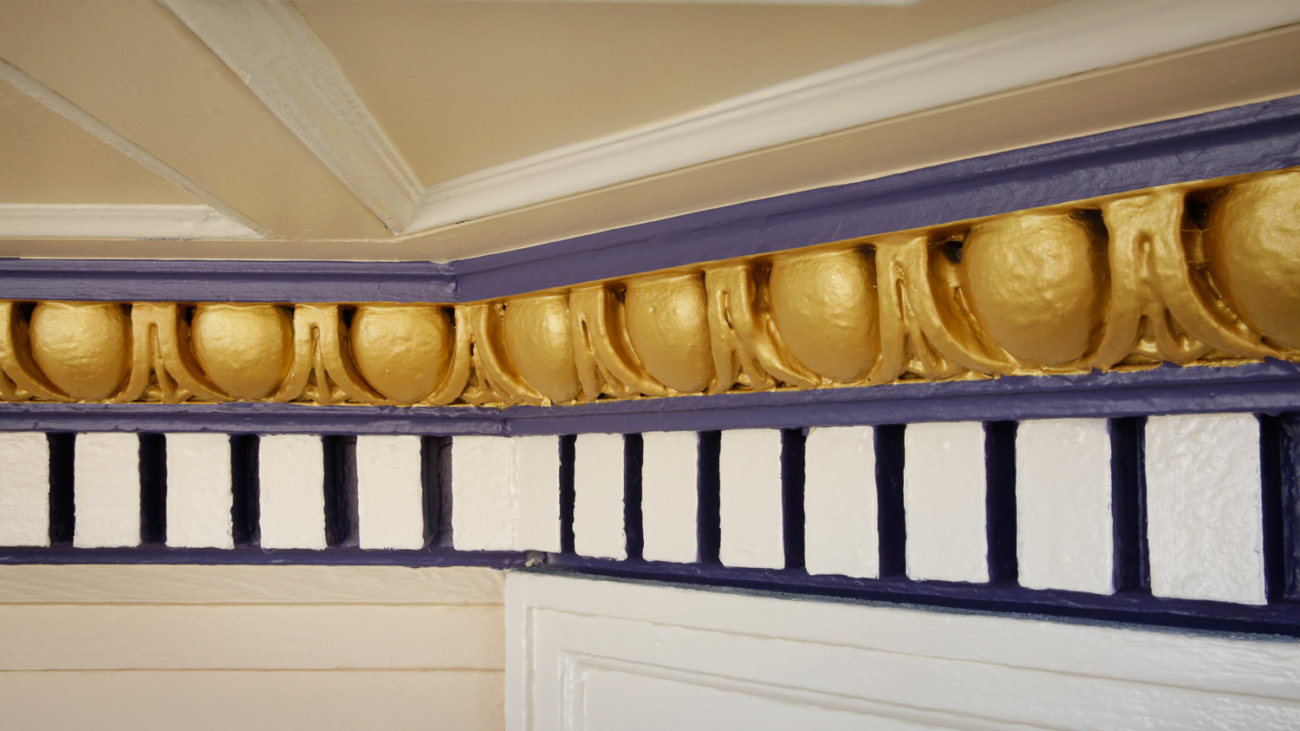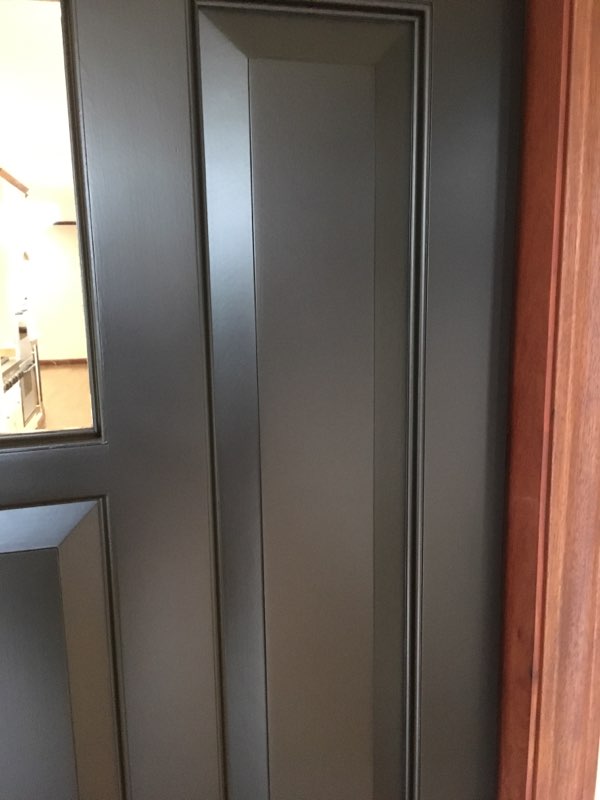When planning a painting project for your home or business, one of the most common questions homeowners ask is: “Do painters provide the paint, or do I need to buy it myself?” At Arana Craftsman Painters, we understand the importance of clarity before the first brushstroke. Knowing who supplies the paint can make a significant difference in your project’s overall cost, timeline, and quality.
In this article, we break down everything you need to know about paint supply, so you can make an informed decision and feel confident when hiring professional painters.
Do Professional Painters Typically Provide Paint?
Many professional painters do provide the paint as part of their service package. This approach is common because it simplifies the process for the homeowner and ensures that the paint used is high quality, durable, and applied correctly.
Painters who supply paint usually include the cost in their estimate, giving you a clear breakdown of labor, materials, and finish choices. This not only streamlines the project but also guarantees that the paint selected is compatible with the tools, techniques, and surfaces being worked on.
Benefits of Painters Supplying the Paint
When painters provide the paint, you enjoy a range of benefits:
1. Professional Quality Products
Experienced painters have access to trade-grade paints not always available in retail stores. These paints typically last longer, cover more effectively, and resist wear and tear better than many consumer-grade options.
2. Accurate Color Matching
Because painters work with trusted suppliers, they can match existing colors precisely or recommend updated palettes that suit your space. This is particularly important if you’re refreshing only part of a room or touching up specific areas.
3. Correct Paint Type Selection
Not all paints are the same. A professional painter knows whether your project needs latex, oil-based, acrylic, or specialty paints. They also understand which finishes—matte, satin, semi-gloss, or gloss—are best suited for walls, ceilings, trims, and exteriors.
4. Convenience and Time Savings
By letting your painter handle the purchase, you avoid multiple trips to the paint store, second-guessing color swatches, and worrying about quantities. Painters ensure the right amount of paint is ordered, avoiding waste or shortages.
5. Warranty and Accountability
If the painter supplies the paint, they typically stand behind both the labor and the materials. This means if the paint fails prematurely, responsibility falls on the contractor, not the homeowner.
Factors to Consider Before Deciding Who Provides the Paint
When deciding whether to purchase paint yourself or rely on your painter, consider the following:
- Project Size: Large projects require precise estimates on paint volume. Painters have the expertise to calculate coverage accurately, reducing costly errors.
- Surface Type: Different surfaces require different primers and finishes. Professional input prevents mismatched products that compromise durability.
- Timeline: If time is critical, relying on painters to source materials avoids delays caused by incorrect or insufficient purchases.
- Warranty: Many painters only warranty their work if they supply the paint, since they can vouch for the quality and compatibility of the products used.
How Arana Craftsman Painters Handle Paint Supply
At Arana Craftsman Painters, our mission is to deliver seamless, stress-free painting experiences. Here’s how we approach the question of paint supply:
- Consultation First: We begin every project with a detailed consultation, discussing your goals, preferences, and budget.
- Professional Recommendations: We recommend premium paints from trusted suppliers, ensuring lasting beauty and durability.
- Full Transparency: Our estimates clearly outline labor and material costs. You’ll always know exactly what’s included in your project.
- Flexibility: If you have a preferred brand or have already purchased paint, we are happy to work with your selection while providing expert guidance to ensure it’s the right fit for the job.
Common Myths About Painters and Paint Supply
Myth 1: Buying Your Own Paint Always Saves Money
While it might seem cost-effective, many homeowners underestimate the true coverage area of a gallon of paint. Overbuying leads to waste, while underbuying leads to delays. Professional painters order with precision, often saving you money in the long run.
Myth 2: All Paints Are the Same
The truth is that not all paints are created equal. Differences in pigmentation, binders, and finishes greatly affect appearance and longevity. Painters who supply paint ensure the highest quality product for your project’s specific needs.
Myth 3: Providing Paint Yourself Guarantees Better Results
Even if you buy a top-tier brand, application errors, or improper primer use can compromise results. The combination of professional labor and professional-grade products is what delivers exceptional, lasting finishes.
Tips for Homeowners Who Choose to Buy Their Own Paint
If you decide to purchase paint yourself, keep these expert tips in mind:
- Consult Your Painter First: Ask for their recommendations on brand, type, and quantity to avoid mistakes.
- Don’t Skimp on Primer: Quality primer is essential for adhesion and coverage.
- Choose the Right Finish: Kitchens and bathrooms benefit from semi-gloss for moisture resistance, while living rooms may look best with matte or satin.
- Store Extra Paint Properly: Always keep leftover paint in airtight containers for touch-ups.
Conclusion: Should You or Your Painter Provide the Paint?
Ultimately, the decision depends on your priorities. If you want convenience, professional-grade products, warranties, and peace of mind, allowing your painter to supply the paint is the smarter choice. On the other hand, if you already have a strong preference for specific paints or wish to take advantage of sales, buying the paint yourself may make sense.
At Arana Craftsman Painters, we pride ourselves on being flexible, transparent, and client-focused. Whether you prefer us to provide the paint or you’d like to source it yourself, we work closely with you to ensure a flawless result that enhances the beauty and value of your space.
